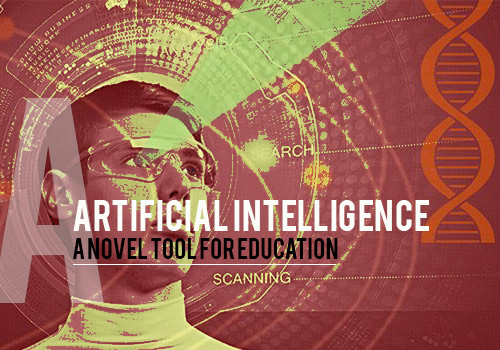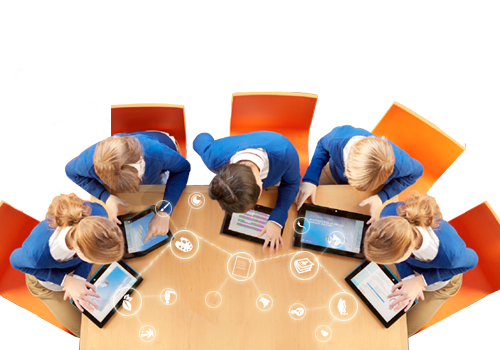Artificial Intelligence (AI) is the buzzword that was doing the rounds in education since the 1980s. Paving way for a modernized approach to impart knowledge to passionate learners, AI with all its inherent capabilities can pave way for better student engagement opportunities. While education is primarily meant to develop the mind of a student to assimilate information from the pool of knowledge, AI on the other hand comes as an instrument to picture the working of a human mind. Drifting away from the conventional text-book and closed-classroom learning patterns, AI through its digitized approach brings in a dynamism to the concept of gaining knowledge through schooling.
The Significance of AI Learning
Notwithstanding the fact that technology through software, hardware and internet have made their presence felt in the sphere of education, the biggest change is still waiting to emerge. Completing reforming the look and feel of a future classroom, AI can become a permanent game changer, making the ancient skills of learning obsolete.
Schools are known to follow the pattern of imparting the same knowledge to everyone in all circumstances, unmindful of the fact that students assimilate information according to their mental capacity. Picking up nuances from every corner of their visual and mental space, it comes as a challenge to teachers to come up with tailor-made options for different sets of students. This is where the entry of AI can help both students and teachers live their dream of quality education. It is through Machine Learning algorithms and data-driven programs that will help teachers identify their deficiencies in churning out befitting study material to students.
And if you are one of them who is inquisitive to delve deep into all those benefits that AI will promise for the future of the student fraternity, here is the list of various examples that havereformed the face of learning. While some of AI’s derivatives are being implemented, there are others which are still in their nascent stage, waiting to evolve and change the fabric of learning.
AI Classroom and the Road Ahead
1. Third Space Learning
In line with the demands for new age education, Third Space Learning is a striking example of an online math tutoring interface that has integrated AI techniques into its tutoring practice. Its pioneering AI project is making the most of the insights collated from different student-teacher groups. Offering a well-organized curriculum in accordance with the modern learning patterns, this platform is already making waves in the field of AI driven education.
2. Content Technologies Inc.
Content is indeed the king when it comes to digital marketing activities. Smart content also plays an important role in the creation of digital educational tools like textbook and student guides along with a host of digital interfaces that present crisp and compelling content. Given this backdrop, Content Technologies Inc., is the new age AI initiative created to offer specialized information in the field of automation. Delivering instructional designs, it is through AI that study guides are chalked out with summaries of chapters, practice tests with multiple choice questions and those that should be answered as “True” or “False”.
Netex Learning is another example of AI education tool that aims to deliver smart content to users. Offering a digitized platform backed with practice tests, it is not only for students but also working professionals who can make the most of the audio and video-driven instructions that are a part of this initiative. And if you are an employee eager to hone your skills while being at your workplace, this platform allows you to gain expertise in some additional skills through virtual courses. The icing on the cake comes in the form of automated feedback that will help you monitor your learning curve, at regular intervals.
3. Mastery Learning
Yet another striking example of a one-on-one tutoring system tied to the principles of AI is Mastery Learning. Offering a helping hand to instructors to come up with new teaching mechanisms, this is one platform that has been in vogue for more than 40 years. Aiming to provide modern instructions, this platform is handholding educators to bring in the best form of AI educational innovations all the way to their classrooms.
4. Brainly
Tagged as a social network, Brainly incorporates a question-answer format, throwing invaluable information of varied subjects. Your nerve wracking queries about Physics or Mathematics questions, or your inquisitiveness to peep into the past through a question about History will just need you to pose your doubt. Simply type in your query in the dialogue box and the network users will come up with their responses, clarifying your doubt. Answering questions about all subjects, this AI driven platform provides a ranking for the best brains that clarify your subject-specific queries.
Conclusion
With so many developments already making waves in the sphere of education, the future is bright for artificial intelligence interfaces to become “learning companions for life”. Technology which will always come handy in collating information from students about the gaps in their learning will pave way for AI to assist them periodically in their quest for a bright future.


